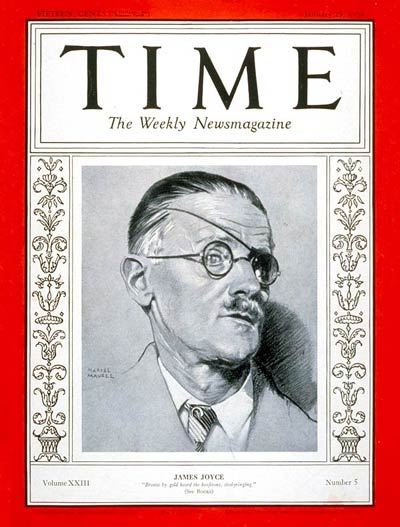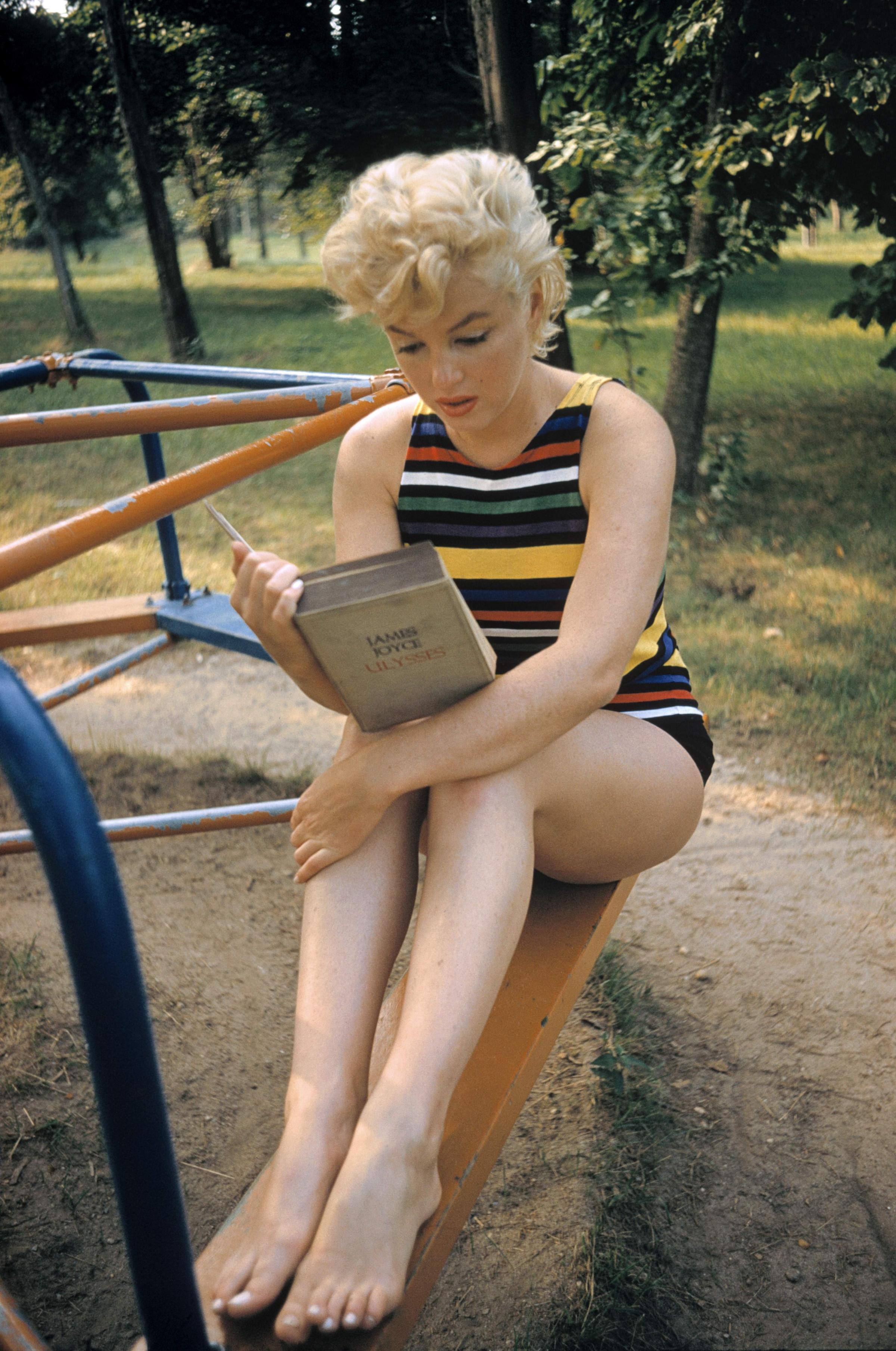
The day June 16, 1904, was a big one in the romantic life of Leopold Bloom, the protagonist of James Joyces’ Ulysses, at least inside his head. In celebration of that day, and Bloom’s fictional perambulations around Dublin during the course of it, James Joyce fans mark the date each year as “Bloomsday.” It is, as TIME explained in 1982, “a sacred date on the calendar of all Joyceans.”
But for James Joyce, the action on that day was even more momentous and concrete. As TIME related in a 1959 story about the writer, that was one of the most important days in his life:
Precocious as a writer, Joyce was also precocious sociologically. He had his first sexual experience at the age of 14 with a prostitute on a riverbank. Some small taint of degradation kept clinging to his idea of sex—one of the many dramatic paradoxes in his life. He was a near-alcoholic; yet he pursued his writing craft with monastic austerity. He had the courage to face approaching blindness, eleven eye operations, and his daughter Lucia’s madness, but he ran from dogs and thunder. He renounced Roman Catholicism, but he could never rid his mind of the systems of Aquinas and Aristotle. He loathed and left his native land, yet his bitterness was inverted longing. Small wonder that Nora once told a friend: “You can’t imagine what it was like for me to be thrown into the life of this man.”
Joyce always liked to say that Nora Barnacle had come “sauntering” into his life out of the Dublin hotel where she worked as a waitress. The first day they went walking together was June 16, 1904, and Joyce always regarded it so romantically that he made it Bloomsday, the day everything happens in Ulysses. Nora had only a grammar school education, but when Joyce spouted his literary dreams to her and then declaimed: “Is there one who understands me?”, Nora understood enough to say yes. She eloped with him to the Continent (they were not married till 27 years later) and he swore to “try myself against the powers of the world.”
Joyce’s masterwork was published in Paris in 1922 and finally cleared for U.S. publication—after a long battle over whether it was obscene—in 1934.
Read TIME’s 1934 cover story about Ulysses, free of charge, here on Time.com: Ulysses Lands
On Bloomsday, Marilyn Monroe Reading Joyce’s Ulysses

More Must-Reads From TIME
- The 100 Most Influential People of 2024
- How Far Trump Would Go
- Scenes From Pro-Palestinian Encampments Across U.S. Universities
- Saving Seconds Is Better Than Hours
- Why Your Breakfast Should Start with a Vegetable
- 6 Compliments That Land Every Time
- Welcome to the Golden Age of Ryan Gosling
- Want Weekly Recs on What to Watch, Read, and More? Sign Up for Worth Your Time
Write to Lily Rothman at lily.rothman@time.com